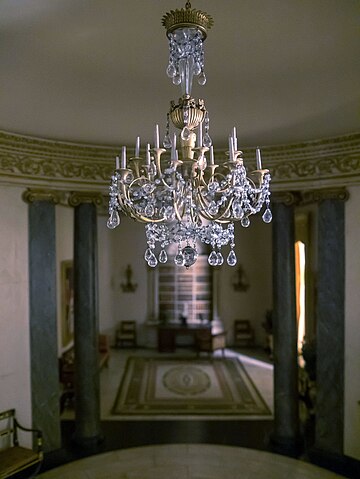 I was recently made aware of a treasure trove of information original to the nineteenth century we love so much and available for searching online: The London Gazette. Oh, the joys of research, lovely, lovely research! (Must. Force. Self. Back. To book in progress!)
I was recently made aware of a treasure trove of information original to the nineteenth century we love so much and available for searching online: The London Gazette. Oh, the joys of research, lovely, lovely research! (Must. Force. Self. Back. To book in progress!)
But you can play. You see, the Gazette started during the Great Plague of 1665, when, according to that news source’s website, couriers fleeing from a grisly death in London refused as to so much as touch a London newspaper for fear of contracting the disease. The Gazette began publishing information that had arrived as dispatches at the royal court—reports of ships captured or sank, battles won and lost, military valor, and ambassadorial splendor. Indeed, a gentleman did not count his deeds complete until they had been “gazetted.” And, wonder on wonders, every issue dating back to its origin is available online!
Published every few days, the Gazette carries intriguing insights into life in the court of His Royal Highness, the Prince of Wales and Regent of the United Kingdom of Great Britain and Ireland. For example, in the issue covering Saturday, September 19, to Tuesday, September 22, 1812, we learn that the “Envoy Extraordinary and Minister Plenipotentiary” from Sweden had his first private meeting with the Prince Regent (wouldn’t you love to know how that conversation went?). We also learn that the ships of no less than 24 American privateers were captured by the British navy in the last few months (I never realized we had so many privateers during the War of 1812!). You can learn their names, the names of the captain, the name of the captain and ship who captured them, and what sort of ship (brig, sloop, etc.). Talk about scope for fiction!
But juicy tidbits abound.
And the poor Mayor of Plymouth! He’s been receiving death threats from an anonymous source (and the Gazette reprints a few). The Prince is offering 500 pounds, a princely (cough, cough) sum, for information leading to the villain’s capture. He will also graciously pardon you if you happen to be an accomplice squealing on a friend.
And, oh my! Two Frenchmen escaped England after giving their parole as prisoners of war. His Royal Highness is offering 200 pounds for information on which British subjects aided the enemy. Someone has already determined the Frenchmen were ferried away by a smuggler, whose ship was seized as it returned from France loaded with contraband.
The paper also includes notices of impending bills in Parliament, with most penned by solicitors. The bills deal with building and expanding roads, enclosing commons, and changing rules for companies (guilds). Then there are lists of prize payments to be made for various ships captured and notices to sailors when to report to pick up their share.
Toward the back are sadder notices of estates being sold for debt and estates going bankrupt. Pages are devoted to insolvent debtors owing less than 2,000 pounds and more than 2,000 pounds, which prisons they resided in, and how creditors can come make claims.
See what you can find.



























